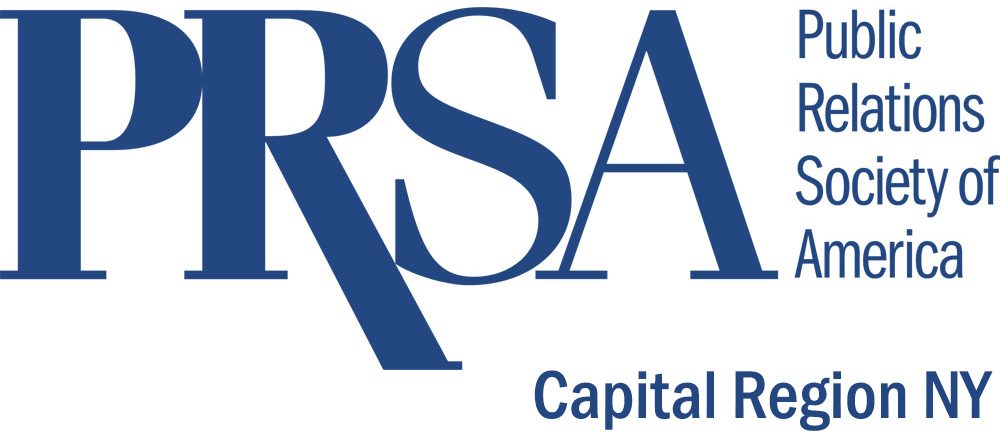 In 2013, the NYS Tax Department was assigned a monumental task – require 2.7 million homeowners receiving the Basic STAR property tax exemption to proactively register with the State. The purpose – to eliminate cases where homeowners were inappropriately receiving multiple exemptions.
In 2013, the NYS Tax Department was assigned a monumental task – require 2.7 million homeowners receiving the Basic STAR property tax exemption to proactively register with the State. The purpose – to eliminate cases where homeowners were inappropriately receiving multiple exemptions.
Failure to effectively reach the massive and diverse target audience could mean hundreds of thousands of New Yorkers losing a benefit worth between $400 and $1,800.
With no dedicated budget, we maximized available resources – staff, direct mail, robo-calls and PR, PR, PR. And now, just slightly in retrospect, there were four strategies that stood out as particularly effective.
Start with a bang – Where would you launch a statewide program during the summer? We targeted the kick-off to coincide with the Great NY State Fair –100,000 visitors daily for 12 days, smack-dab in the center of the state, constant press coverage and the August focus of rural NYers.
 Results: 3,000 fair goers registered, great press on multiple days, tie-in with the year’s biggest event in Central NY.
Results: 3,000 fair goers registered, great press on multiple days, tie-in with the year’s biggest event in Central NY.
Stay local – Keeping the press drum beat steady for four months would be a challenge. The two-pronged solution:
- Splash local data week-in and week-out. Example: “87% of Erie County is registered, yet more than 20% of neighboring Niagara County has yet to act.”
- Participate in 300 local registration events at city halls, school boards and anywhere else that would have us – pitch press for each event.
Results: Plenty of press in every corner of the state, and a very tired two-person press operation
Be transparent – If the rate of registration in a particular county or region was good, we’d celebrate it. If the rate of registration was low, we’d highlight it. Either way, we’d get more press coverage, which would support the goal of more registrations.
Result: All press was good press and, either way, homeowners took notice.
Stay on message – Nothing motivates people like a deadline. But what if that deadline is actually very soft?
From day one, we established a hard deadline of December 31, 2013. We added a countdown on the homepage of our website and included the deadline in every single publication, interview and palmcard.
As New Year’s Eve approached, we never wavered.
On January 1, however, we added this message to our website: “The December 31 deadline has passed, but we are accepting late registrations.”
The law specifically allows for registrations after the deadline. But would it really have been in taxpayers’ interest to know that before December 31?
Result: Registrations boomed as the deadline neared, with the highest daily numbers since the initial mailing coming on December 30th and 31st.
So, were the strategies a success? See for yourself. To date, nearly 2.4 million – 87% – of the 2.7 million have registered, with most counties exceeding 90%. We’re confident that almost every one of the 309,000 homeowners who didn’t register chose not to do so intentionally – because they actually weren’t eligible.
What about you? What was your experience with the program? And most importantly from a PRSA perspective, what worked and what didn’t? What would you do differently? Post it here and let’s discuss.
